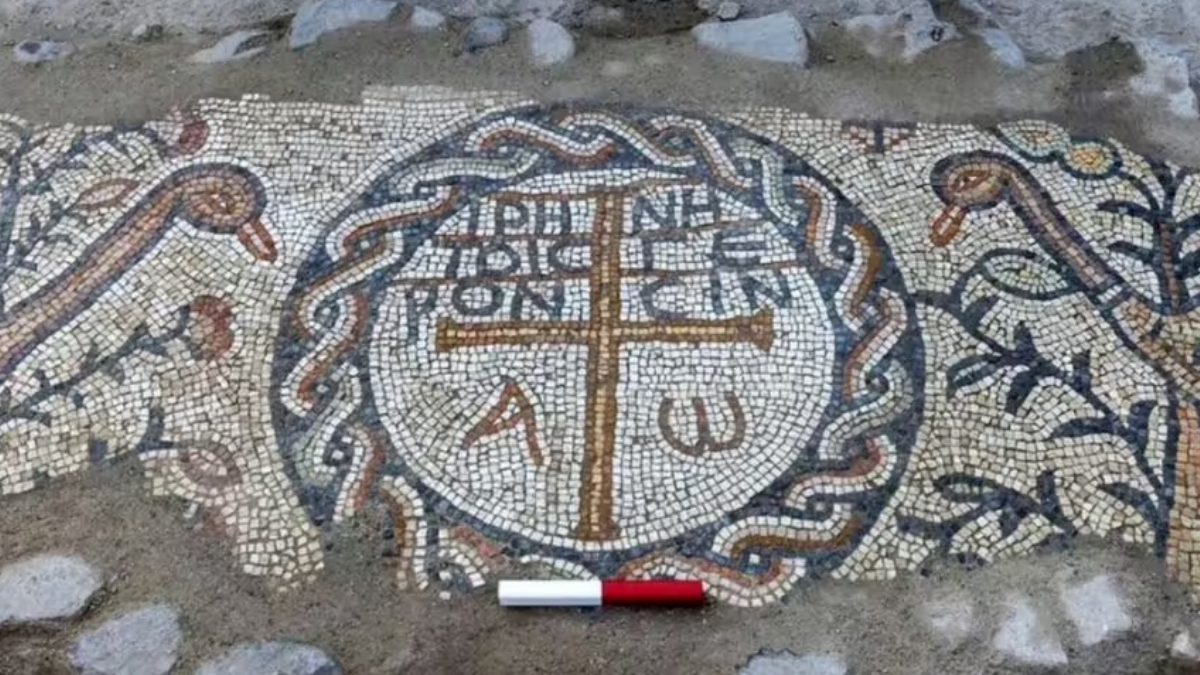Excavations unearth the world's oldest nursing home

Archaeologists have unearthed the remains of what may have been the world's oldest nursing home, thought to have been built for the elderly, during excavations at the ancient city of Hippos, located east of the Sea of Galilee within the borders of modern-day Israel.
MADE FOR ELDERLY PEOPLEDuring the work carried out by a team from the Zinman Institute of Archaeology, affiliated with the University of Haifa, a mosaic bearing the phrase "Peace be upon the elderly" written in Koine Greek was unearthed at the entrance of a building.

The excavation team initially thought they had found gold when they saw the intricate patterns and colorful stones. However, the inscription on the mosaic quickly revealed that the structure was no ordinary residence.
According to archaeologists, this building may have been built to care for the community's elderly population. The structure is located just 20 meters from the city's central square and dates to the 4th or 5th century AD.
Evidence of Social Responsibility in the Ancient WorldDr. Michael Eisenberg, director of the excavation, emphasized the importance of the discovery and said:
"This mosaic is clear historical evidence of an institution for the elderly. Caring for the elderly is not merely a modern idea; it dates back 1,600 years. It shows that Byzantine society built places that offered respect and care for the elderly, as well as religious centers."
Eisenberg noted that the discovery reveals not only a religious but also a culture of social solidarity.
TRACES OF SOCIAL CAREResearchers say that while there have previously been records of institutions providing care for the elderly in texts dating from the 5th and 6th centuries, this mosaic-covered structure may be the first concrete archaeological evidence.
The mosaic was likely placed at the entrance to the building, thus clearly indicating its purpose to both visitors and residents.
SYMBOLS OF ETERNAL LIFEThe mosaic's decorations also support the researchers' hypothesis. The patterns include cypress trees symbolizing eternal life, fruits representing fertility, and Egyptian geese depicting blessed spirits.
This iconography suggests that the structure served the elderly in a religious and spiritual context.
A RARE PERSPECTIVE ON ELDERLY PEOPLEThe article, published in the Papyrology and Epigraphy Journal, stated that the discovery "offers a rare glimpse into the lives of elderly people in ancient times."
The researchers assessed that "This structure was a social institution integrated into the urban life of the period. It shows that the Christian community began to transform the responsibility of care, previously undertaken only by family members, into an institutional structure."
SÖZCÜ





